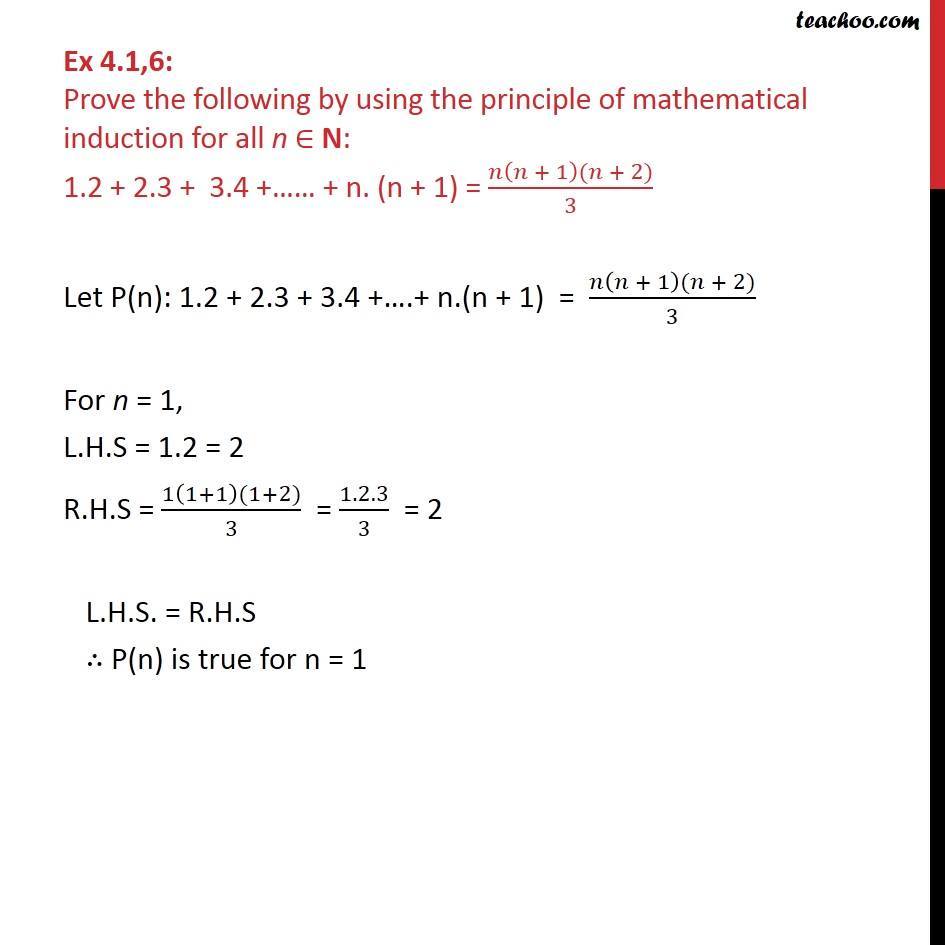ホンダ NONE(エヌワン)の乗り心地はいかに by 車選びドットコム

Root Test for Infinite Series SUM(1/n^n) YouTube
series 1/ ( (1 + 1/n)^n) Have a question about using Wolfram|Alpha? Give us your feedback ». Compute answers using Wolfram's breakthrough technology & knowledgebase, relied on by millions of students & professionals. For math, science, nutrition, history, geography, engineering, mathematics, linguistics, sports, finance, music….

Solved Take for granted that the limit lim (1 + 1/n)^n
Knowing n-1 scores and the sample mean uniquely determines the last score so it is NOT free to vary. This is why we only have "n-1" things that can vary. So the average variation is (total variation)/(n-1). total variation is just the sum of each points variation from the mean.The measure of variation we are using is the square of the distance.

Solved (2) Let Follow the following procedures to prove that
Multi-species Nrn1 Protein, High Purity & Specific Bioactivity!

[B!] 新型「NONE」乗って確かめた進化の本気度 試乗記 東洋経済オンライン 経済ニュースの新基準
The A-Co-N-C has a large surface area of 455 m 2 g −1 with micropores (101 m 2 g −1) and mesopores (354 m 2 g −1). The A-Co-N-C exhibits good bifunctional catalytic ORR/OER and Zn-air battery activity with a high peak power density (240 mW cm −2). This work provides a simple but efficient strategy for constructing hierarchically porous.

The diminutive Honda NOne hits the Japanese market
The exponent says how many times to use the number in a multiplication. A negative exponent means divide, because the opposite of multiplying is dividing. A fractional exponent like 1/n means to take the nth root: x (1 n) = n√x. If you understand those, then you understand exponents!

Find the limit of 1/(n+1) + 1/(n+2) + 1/(n+3) + + 1/6n as n tends to infinity YouTube
The quotient N − 1 N − 1 instead of N N just makes computations nicer and obviates the need to haul around factors like 1 − 1/N 1 − 1 / N. The full answer to this question would have to introduce the sampling inference where the sample indicators are random, and the values of observed characteristics y y are FIXED. Non-random. Set in stone.

Proof of (1+1/n)^n=e YouTube
The n-1 equation is used in the common situation where you are analyzing a sample of data and wish to make more general conclusions. The SD computed this way (with n-1 in the denominator) is your best guess for the value of the SD in the overall population.

Find the sum of the following ( 1
1. Expected values of probability distributions. 2. Expected values of sums of independent random variables. If you are comfortable with these three things, the proof is easily accessible. If you are not comfortable with these things, the proof may seem like picking things out of thin air.
n(n + 1) (n +5) is divisible by 6.
Answer link Answer: 1/n Factorial mean multiply the all the number by counting down. ( (n-1)!)/ (n!) = [ (n-1) (n-2) (n-3)!]/ ( (n) (n-1) (n-2) (n-3)! = [cancel ( (n-1) (n-2) (n-3)!)]/ ( (n)cancel ( (n-1) (n-2) (n-3)!) = 1/n
lim(n!/(mn)^n)^1/n is equal to ? n>infinity askIITians
28 Find limn→∞((n!)1/n) lim n → ∞ ( ( n!) 1 / n). The question seemed rather simple at first, and then I realized I was not sure how to properly deal with this at all. My attempt: take the logarithm, limn→∞ ln((n!)1/n) = limn→∞(1/n) ln(n!) = limn→∞(ln(n!)/n) lim n → ∞ ln ( ( n!) 1 / n) = lim n → ∞ ( 1 / n) ln ( n!) = lim n → ∞ ( ln ( n!) / n)

ホンダ NONE(エヌワン)の乗り心地はいかに by 車選びドットコム
Algebra Simplify (n-1) (n+1) (n − 1) (n + 1) ( n - 1) ( n + 1) Expand (n−1)(n+ 1) ( n - 1) ( n + 1) using the FOIL Method. Tap for more steps. n⋅n+n⋅ 1−1n−1⋅1 n ⋅ n + n ⋅ 1 - 1 n - 1 ⋅ 1 Simplify terms. Tap for more steps. n2 − 1 n 2 - 1

Ex 4.1, 6 1.2 + 2.3 + 3.4 + .. + n.(n+1) = n(n+1)(n+2)/3
Home GCSE MATHS Number Number Sequences In the sequence 2, 4, 6, 8, 10. there is an obvious pattern. Such sequences can be expressed in terms of the nth term of the sequence. In this case, the nth term = 2n. To find the 1st term, put n = 1 into the formula, to find the 4th term, replace the n's by 4's: 4th term = 2 × 4 = 8. Number Sequences

Solved Calculate The Sum Of The Series Sigma N=1 1/n(n+2)
n! = n × (n−1)! Which says "the factorial of any number is that number times the factorial of (that number minus 1) " So 10! = 10 × 9!,. and 125! = 125 × 124!, etc. What About "0!" Zero Factorial is interesting. it is generally agreed that 0! = 1.

probability How do you get (n1)! \over n! from 1 \over n Mathematics Stack Exchange
#1 jav 35 0 I know lim n^ (1/n) = 1 n->infininity Does anyone have ideas on how to prove this? I feel like its something simple I am missing. Thanks Last edited: Mar 19, 2010 Physics news on Phys.org Using 'Kerr solitons' to boost the power of transmission electron microscopes First direct imaging of tiny noble gas clusters at room temperature

Limit of (1)^n(n/(n + 1)) YouTube
Passengers - N/A Significant damage to two UAs Permission for Commercial Operations (PfCO) 36 years. 34 hours (of which 32 were on type) Last 90 days - 3 hours Last 28 days - 1 hour Aircraft Accident Report Form submitted by the pilot. A swarm of 638 UAs took of as part of a planned test of a light display. The preprogramed launch and.

Solved Show that sigma^n_k = 1 k = 1 n(n + 1)/2 for all n
The Triangular Number Sequence is generated from a pattern of dots which form a triangle: By adding another row of dots and counting all the dots we can find the next number of the sequence. But it is easier to use this Rule: x n = n (n+1)/2. Example: the 5th Triangular Number is x 5 = 5 (5+1)/2 = 15,